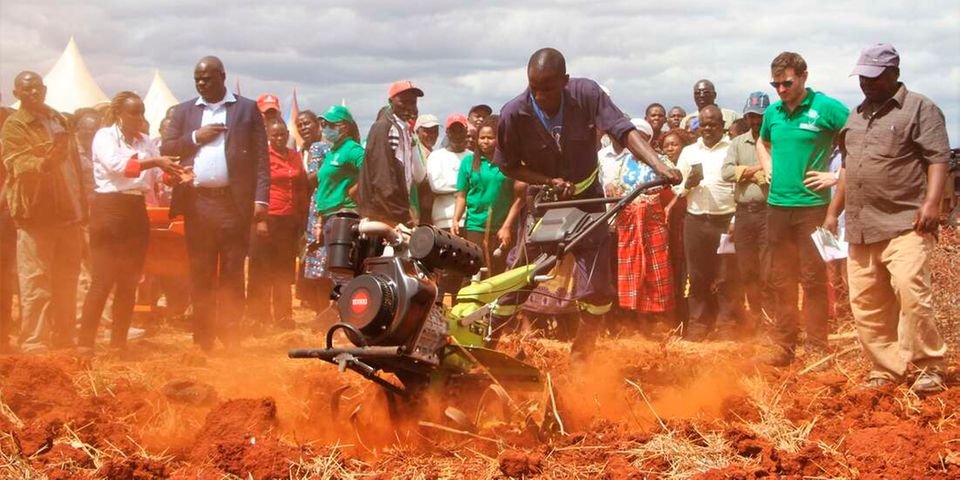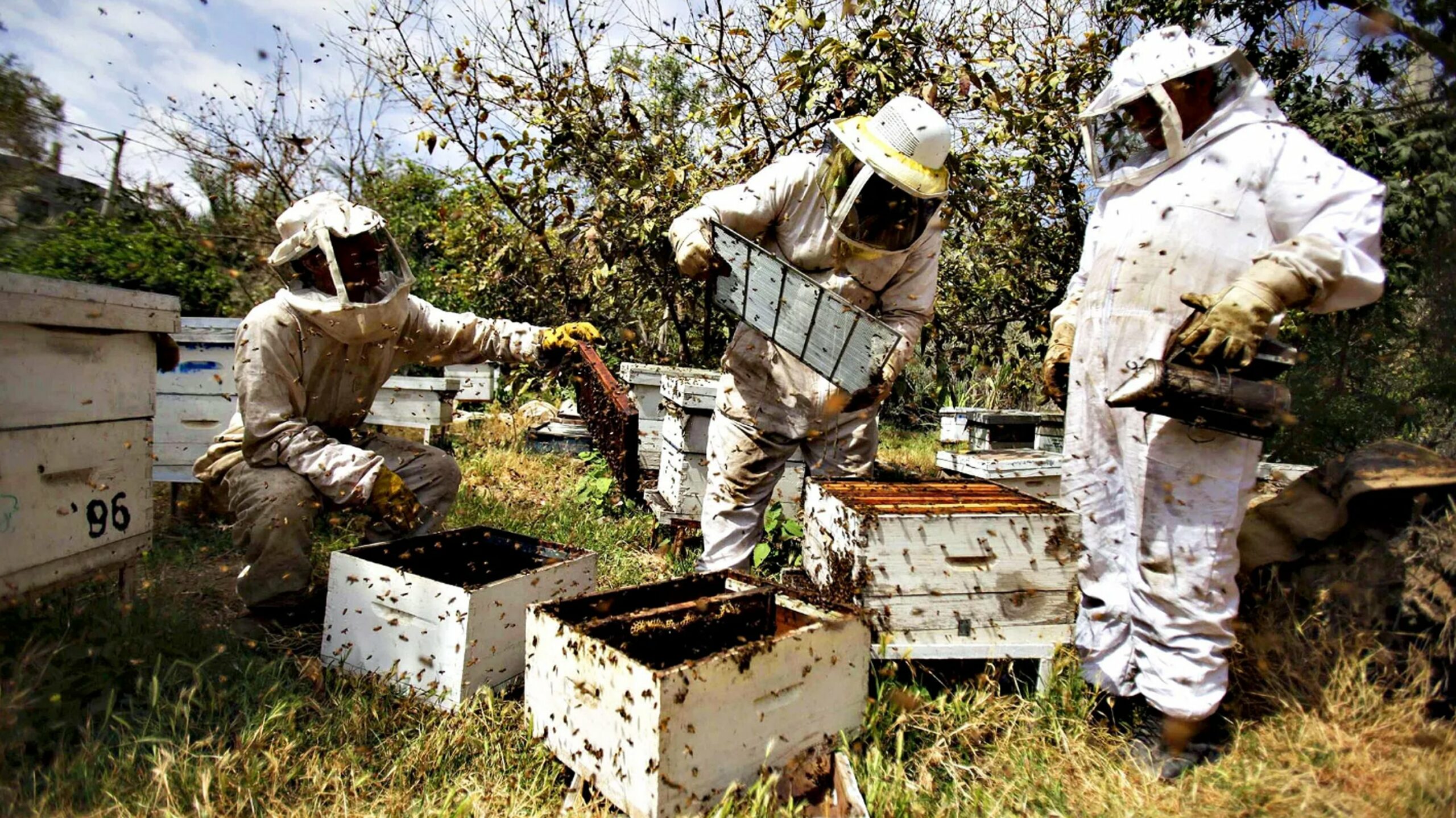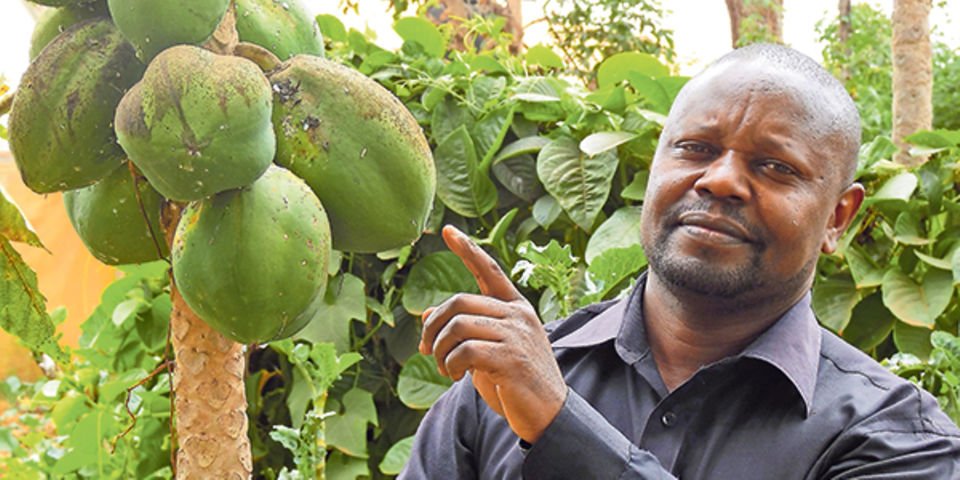A thrumming decorticator welcomes visitors to Kyumani, a sleepy neighbourhood in Masongaleni, one of the driest regions in Makueni County.
The last two decades have seen the rural farming community diversify, albeit slowly, from maize farming to cowpeas, green grams, pasture grasses and now sisal. The latter is being driven by the machines that the farmers are using to add value to the fibre crop.
The region has become a valuable sisal belt, with hundreds of tonnes of sisal grown, harvested and processed annually.
Kyumaku community based organisation is among dozens of small groups that have taken up the trade. At their premises, two young men operate a community decorticator as a woman feeds it with sisal leaves.
“On average, we process 10 kilos of sisal fibre per hour. Initially, it took an individual at least six hours to process a kilo of sisal fibre using a makeshift decorticator made of a panga fixed on wood. This was not only slow but also yielded to poor quality fibre,” says John Kalumba, the group’s head of production.
The machine, which has been entwined in the region’s economic fortunes, was among those that featured prominently during a recent agricultural mechanisation show organised by the Technologies for African Agricultural Transformation (TAAT), a programme sponsored by the African Development Bank. The show was held at the University of Nairobi’s Kibwezi Dryland Station.
Sisal leaves
The decorticator has seen farmers increase their production by more than 10 times. “Two bundles of sisal leaves which earn farmers Sh12 when sold raw yield a kilo of fibre which fetches Sh70,” says Kalumba. According to data from the Ministry of Agriculture, a kilo of sisal fibre fetched up to Sh183 in the global market last year.
Others machines on display were a hand tractor used for harrowing, a shallow weeder, motorised sprayers, drip and overhead irrigation systems and assorted pumps.
Hand tractor
Like the conventional tractor, the hand tractor makes tilling work easy for smallholder farmers. The two-wheeler machine powered by a small engine is designed to plow and harrow the land simultaneously, thanks to an attached rotorvator. In addition to preparing seedbeds and cultivation, the hand tractor plays a major role in enhancing crop production as it improves the fertility and structure of the soil through burying crop residue into the soil and mixing fertiliser. It goes for Sh 200,000.
Motorised sprayers
The machine is powered by a light engine mounted on the sprayer. It enables farmers to achieve maximum spraying outcomes using minimal chemicals. It goes from Sh30, 000.
Shellers
Among the machines for managing post-harvesting losses, the sheller stands out. Some of the shellers are designed for particular crops such as maize while others are multipurpose. The maize sheller separates the kernels from the grain reducing post-harvest losses as well as the labour and cost associated with harvesting crops. Many of the shellers are fabricated in Kenya. They cost from Sh40,000.
Dr Paul Woomer from TAAT says agriculture mechanisation enhances production by reducing the drudgery which is associated with manual labour.
“Besides tilling more land in a short time compared to jembes, shallow weeders bury the weeds and enrich the soil with nutrients,” Dr Woomer says.
The lack of wide-scale mechanisation among farmers has been blamed on lack of technical services and high cost of acquisition and maintenance.
Buy there is a way out. “Instead of buying many machines, a farmer should consider buying one which comes with more attachments to perform multiple functions. Farmers should also consider coming together in groups and cooperatives to acquire machines,” Dr Woomer advises.
Article Credit: Seeds Of Gold




